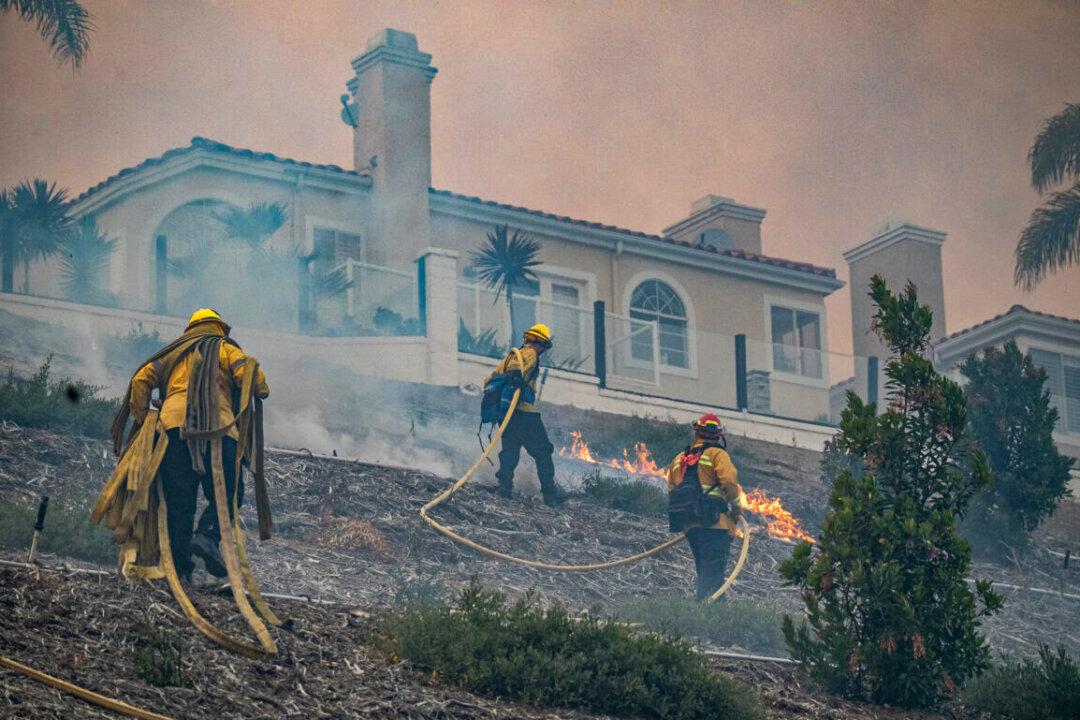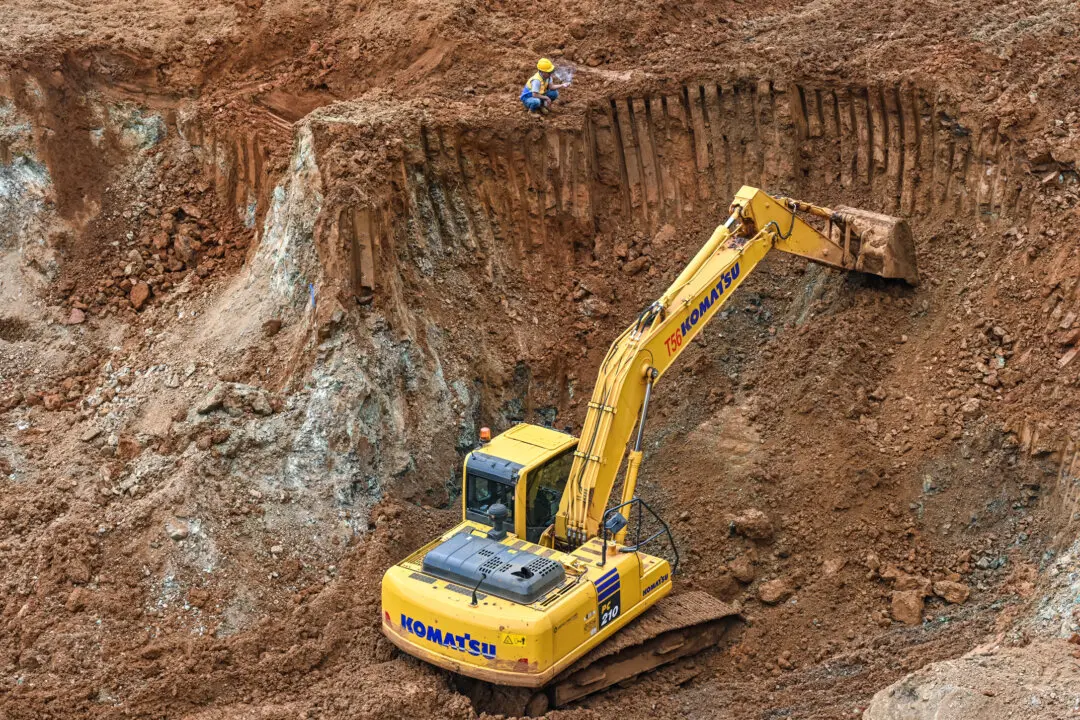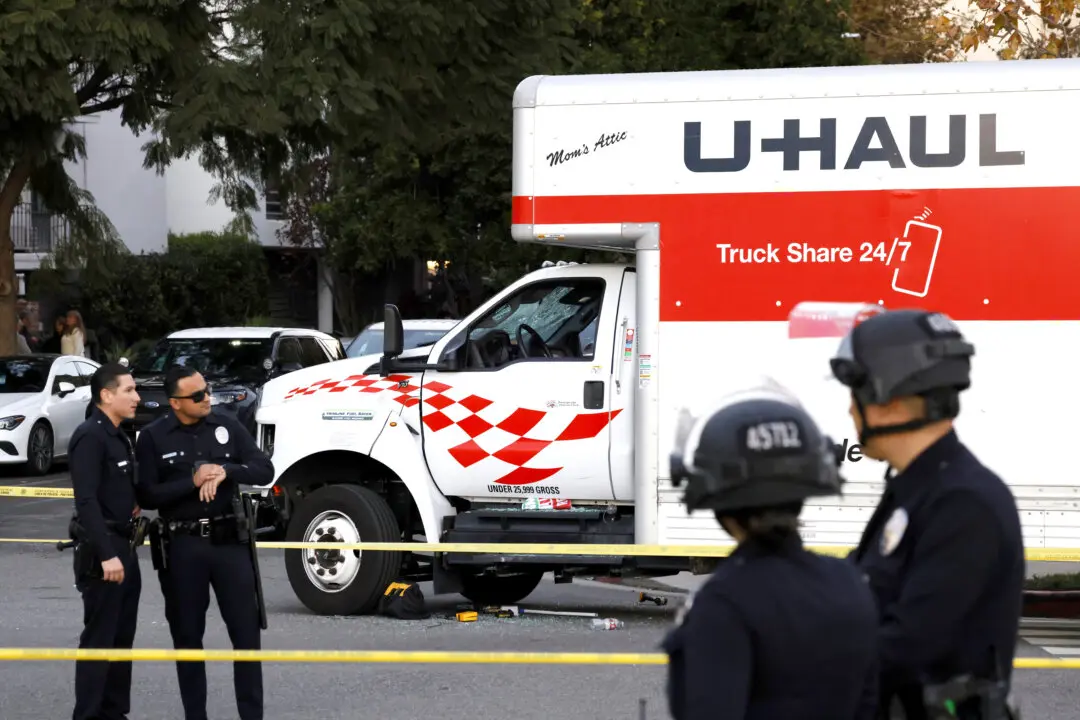Officers investigating wildfires in California made 160 arson arrests last year—up from 149 in 2021—the California Department of Forestry and Fire Protection (Cal Fire) recently reported.
The number of people arrested for intentionally setting fires in the Golden State has steadily increased in the past four years as officers more diligently investigate arsons and the number of private and public cameras grows, Cal Fire’s Chief of Law Enforcement Gianni Muschetto told The Epoch Times.





